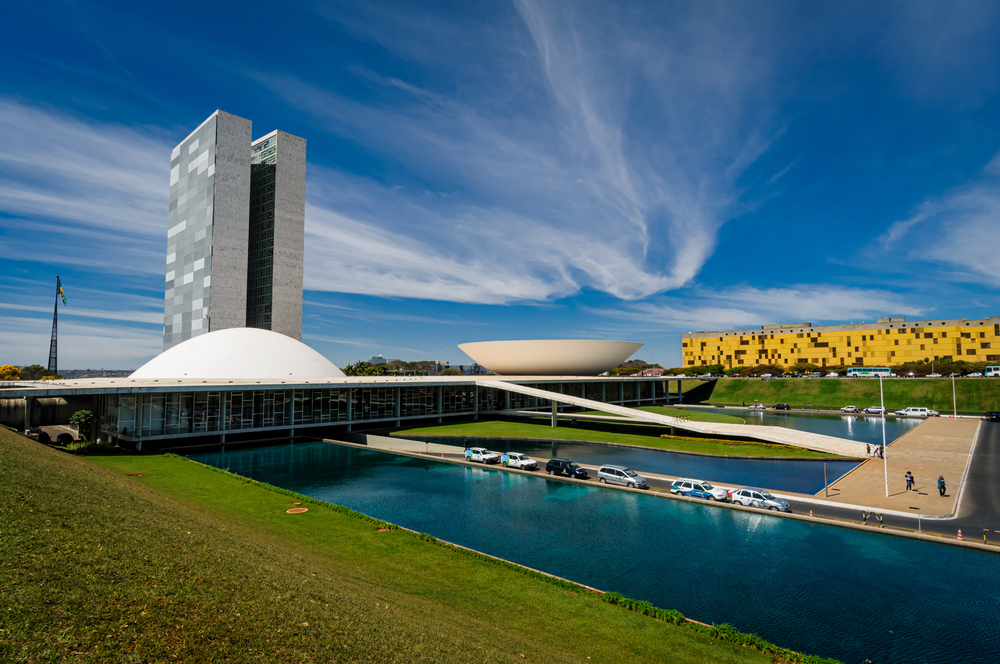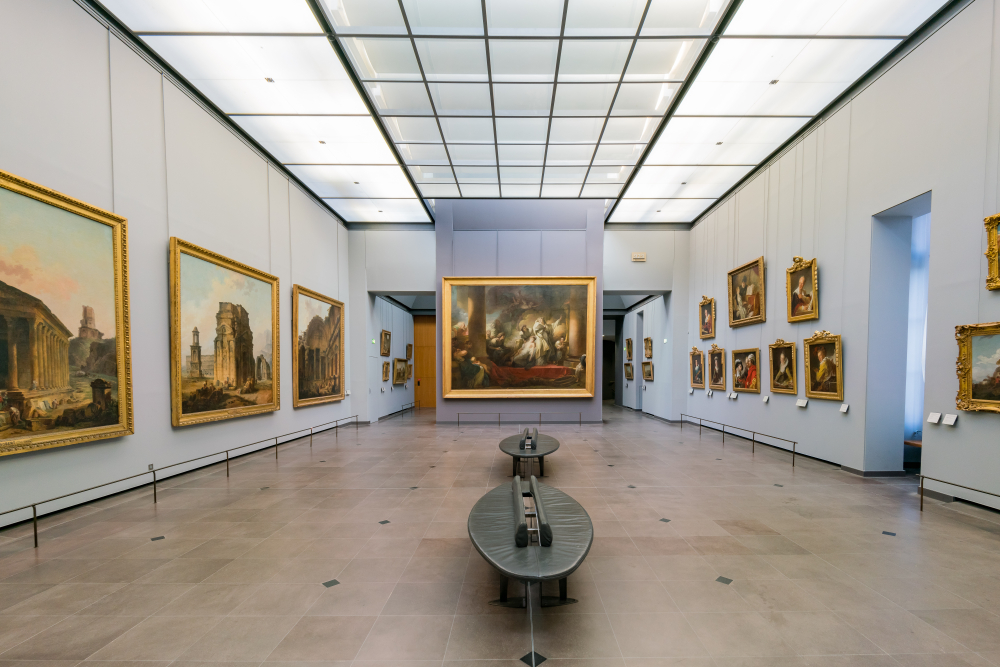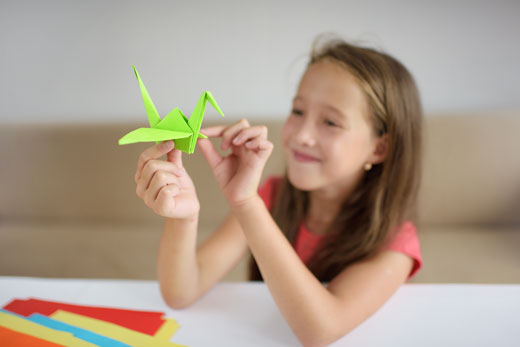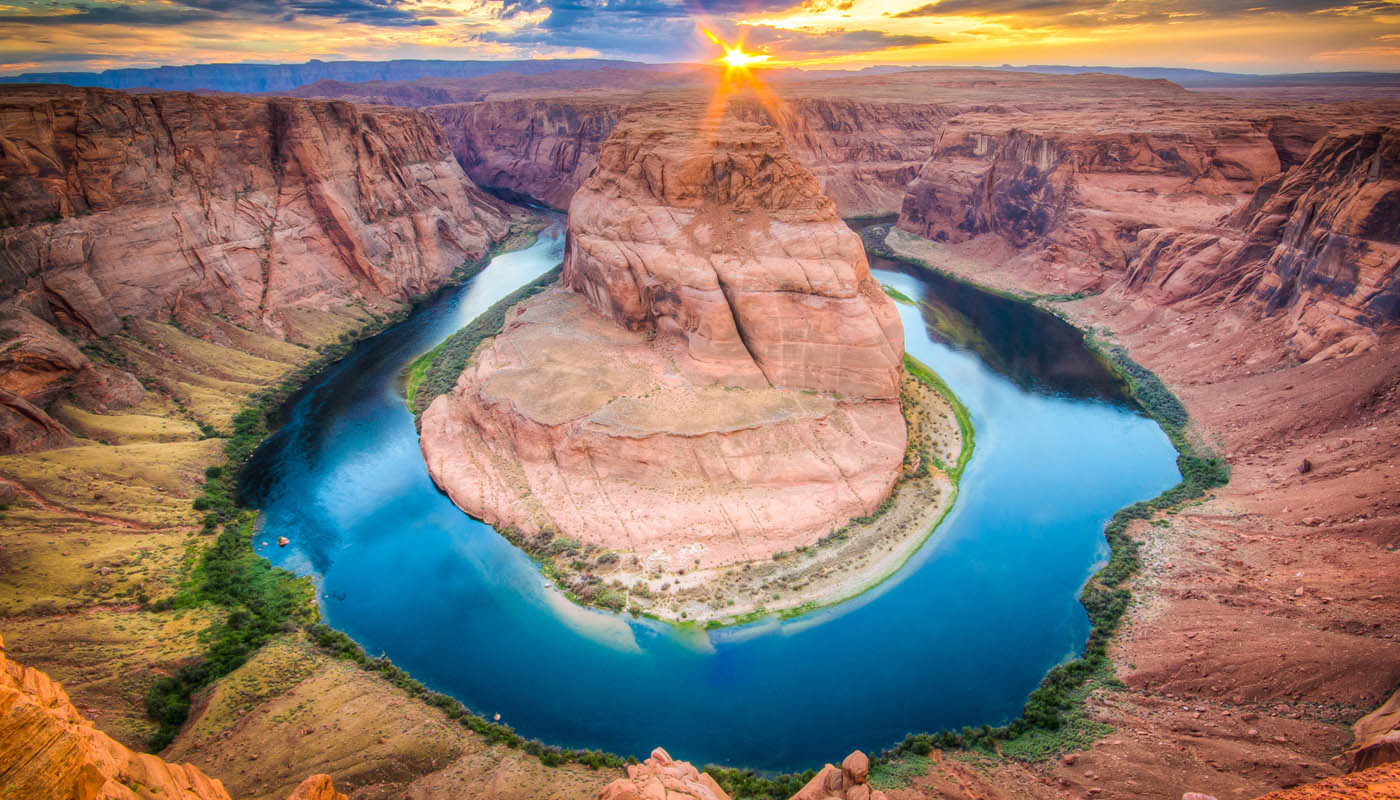Cross Curricular Lessons for Destinations
- July 12, 2022
- By KIDS DISCOVER
Architecture
After Rio de Janeiro, Brazil’s previous capital city, became overpopulated, buildings began to fall apart. A plan was put into place to build a brand-new capital city—Brasilia. It took four years and the hard work of many architects, city planners, and engineers to pull it off. Have students imagine they are architects tasked with building new structures in Brasilia. Have students create a list of the types of buildings and structures they would build to accommodate millions of people and eliminate overcrowding. Then, have them draw their images of the new city. Students can learn about this beautiful country in the Brazil Topic from our South America Unit.
Geography
The United States is characterized by a diversity of landscapes and geographical regions. Have groups of students use the Internet or atlases to locate geographical information about the area or region where you live. Students may identify and record data, including elevations, population, and demographics, average temperatures and precipitation, etc. Students may also identify notable landforms and bodies of water in your area. While your students are researching, our U.S. Landscapes Unit would be the perfect resource for them.
Art
Notable art museums in Europe include the Hermitage Museum, the Kyiv Museum of Miniatures, the Louvre, and the Prado Museum. Have students choose one of the museums mentioned in our Europe Unit and look up some of the artists and artwork displayed there. Have students choose an artist and create their own painting, drawing, or sculpture that reflects the style of the artist they choose. You may wish to have students share their art with the class and information about the artist they researched.
Language Arts
Origami had its start in China, but it developed in Japan. A well-known origami shape is a crane. In the Asia Unit, students learn that many Japanese people believe its wings carry souls to paradise. Have students research popular origami shapes and their meanings in Japanese culture, such as dragons symbolizing power and frogs representing good fortune. Then, using pieces of paper, have students create their own origami, following online instructions. Have them write a short story that involves the shape they have created, incorporating the meaning and symbolism of their shape.
Science
Organize students into small groups. Have the groups visit the National Park Service’s Grand Canyon site. Ask them to study the information provided in the In Depth section and to write an advisory handbook for visitors to the park based on the advice and warnings provided. You might also ask some groups to summarize the information provided in our Grand Canyon Unit.




